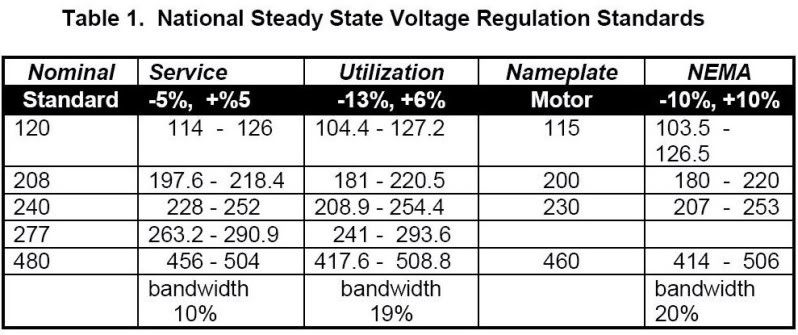Hi, I recently provided 208v, 3-phase power to the elevator machine through its starter. Now the Elevator company (Shindler) blaming me that the starter is burned out because of our wiring. Nameplate of the starter calls, 200v, 240v, 460v what did I do wrong????? Please advise. Thank you
I agree with augie47, those voltages are NEMA motor voltage ratings except the 240 volt which should be 230 volts, I have never seen or heard of a starter coil with more then two voltage ratings and generally would look like this on the coil itself: 240/480vac or if it is allowed on 208 it would look like this 208-240/480 volts, you generally only find the coil voltage on the coil or the box the starter comes in, it would not be on the frame of the starter as the rating of the starter is placed there.
Also dual voltage coils will have 4 terminals that you move jumpers to change the voltage, if you don't have these then you have a single voltage coil starter.
My question is what part of the starter burned up, if it was the coil then it was over voltage or under voltage, under voltage will burn up a coil just as fast if not faster then over voltage just because if the coil can not pull in the plunger (armature) it will pull a high current beyond the rating of the coil.
if it was the contacts then Jraef has it correct as the contacts are rated by the HP at the voltage rating of the motor to be controlled, but I disagree that its a starter you used as I would believe it would have been provided by the elevator company that would have been design around their motor and its HP and voltage rating.
If it is a hydraulic operated elevator then you will have just a single motor starter, but if it is cable operated then you should have a reversing starter which is basically two contactors with a single overload block that are all mounted on a single frame with a mechanical interlock between the two to keep one from operating when the other is pulled in.
I would question if the wrong voltage rating was given to the elevator company when it was spec'd, also I find it strange that you had to do any wiring after the elevator disconnect, as here the elevator company takes over from our disconnect and we do not touch any wiring of the elevator, as was said because of liability only the elevator company is allowed to do the wiring and start up of the elevator for it's commissioning, here in Indiana only a license elevator company can do this work because of the life safety issues that could arise if something were to go wrong.
I will not even touch the wiring of a small home elevator, it's just not worth the cost of the liability if something was to fail even if it wasn't your fault, unless you are a certified elevator technician and have met the requirement of your state to work on elevators, never touch an elevators electrical controls, supply the required disconnect and let them take it from there.

